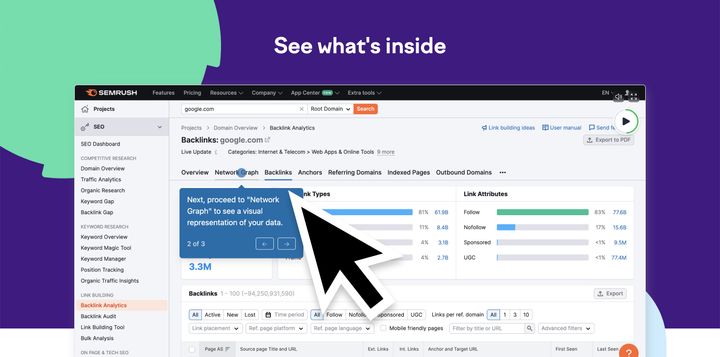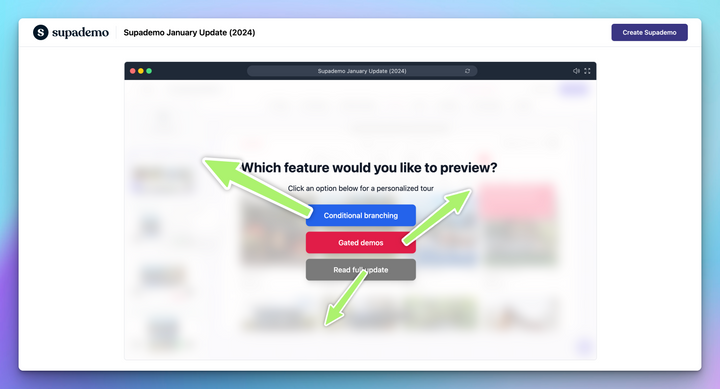In the fast-paced world of digital marketing, making informed decisions is crucial for success. A/B testing, also known as split testing, is a powerful tool that allows marketers to understand customer preferences and make data-driven decisions. This blog post explores the ins and outs of A/B testing and how it can be effectively utilized to optimize marketing strategies.
Understanding A/B Testing
A/B testing is a method of comparing two versions of a webpage, email, or other marketing asset to determine which one performs better. By showing version 'A' to one group and version 'B' to another, marketers can gather data on user behaviour and make informed decisions based on real-world results.
Key Benefits of A/B Testing:
- Improved User Engagement: By testing different elements, you can understand what resonates best with your audience.
- Increased Conversion Rates: Small changes, informed by test results, can lead to significant improvements in conversion rates.
- Reduced Bounce Rates: Optimizing user experience keeps visitors on your site longer.
- Data-Driven Decisions: A/B testing takes the guesswork out of website optimization and marketing strategies.
How to Conduct A/B Testing
1. Identify Your Goal
The first step in A/B testing is to identify what you want to achieve. This could be increasing email open rates, improving click-through rates on a webpage, or boosting form submissions.
2. Choose What to Test
Decide on the variable you want to test. This could be anything from the color of a call-to-action button to the subject line of an email.
3. Create Two Variants
Develop two versions of your asset: the control version (A) and the variation (B). The difference between the two should be the variable you're testing.
4. Split Your Audience
Randomly divide your audience so that one group is exposed to version A and the other to version B.
5. Analyze the Results
After running the test for a sufficient amount of time, analyze the data to see which version performed better. Use statistical significance to ensure that your results are valid.
6. Implement Findings
Use the insights gained from your A/B test to make informed decisions. Implement the more successful version and consider it for future strategies.
Best Practices for A/B Testing
1. Test One Variable at a Time
To accurately measure the impact of a single change, it’s important to test one variable at a time.
2. Ensure Statistical Significance
Make sure your test results are statistically significant to confidently determine the winning variant.
3. Consider the Context
Understand the context in which the test is being conducted. Seasonal factors, audience mood, and market trends can all influence the results.
4. Keep Testing
A/B testing is not a one-time task. Continuous testing and optimization are key to staying ahead in the digital marketing game.
Conclusion
A/B testing is an essential tool for any marketer looking to base their decisions on solid data rather than intuition. By methodically testing and applying the results, you can significantly improve the effectiveness of your marketing efforts.




